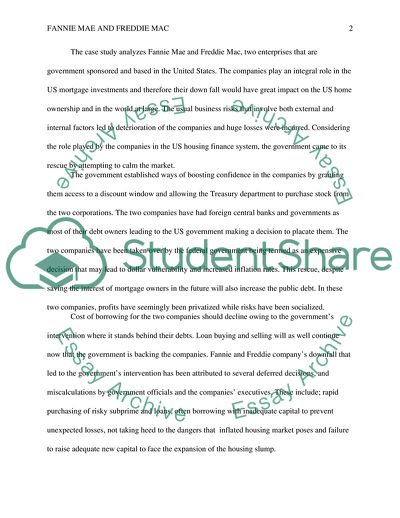Cite this document
(Risk analysis project Essay Example | Topics and Well Written Essays - 3000 words, n.d.)
Risk analysis project Essay Example | Topics and Well Written Essays - 3000 words. https://studentshare.org/management/1872423-risk-analysis-project
Risk analysis project Essay Example | Topics and Well Written Essays - 3000 words. https://studentshare.org/management/1872423-risk-analysis-project
(Risk Analysis Project Essay Example | Topics and Well Written Essays - 3000 Words)
Risk Analysis Project Essay Example | Topics and Well Written Essays - 3000 Words. https://studentshare.org/management/1872423-risk-analysis-project.
Risk Analysis Project Essay Example | Topics and Well Written Essays - 3000 Words. https://studentshare.org/management/1872423-risk-analysis-project.
“Risk Analysis Project Essay Example | Topics and Well Written Essays - 3000 Words”. https://studentshare.org/management/1872423-risk-analysis-project.


